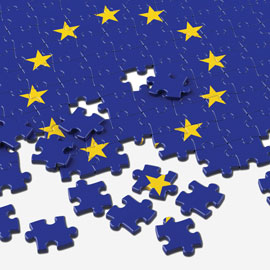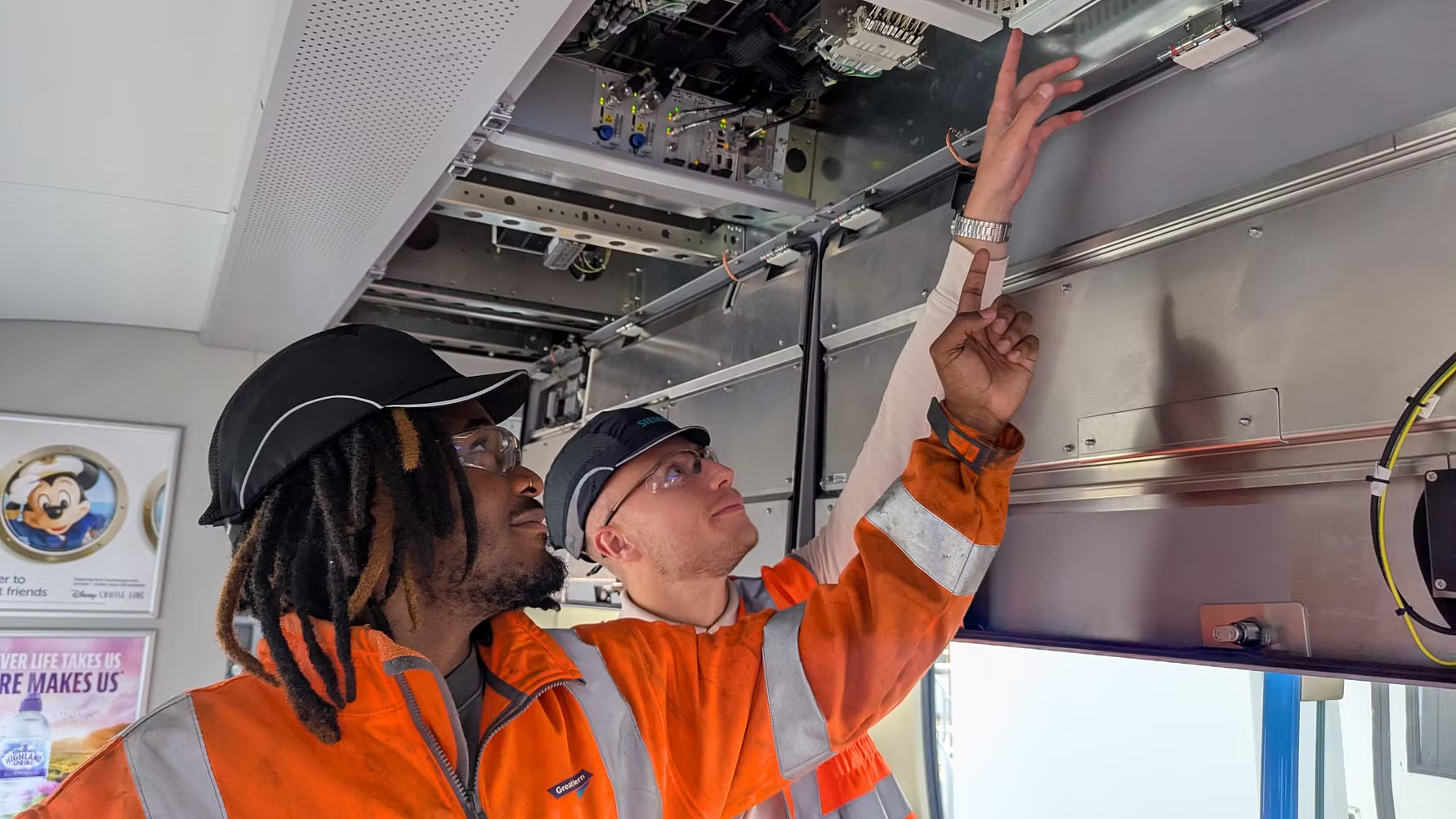Rail sector urges stronger Connecting Europe Facility to boost EU transport funding, competitiveness and security
Posted: 7 October 2025 | Gabriel Higgins | No comments yet
Europe’s rail associations have welcomed the Commission’s proposal for the next Connecting Europe Facility, urging greater funding to strengthen transport infrastructure, competitiveness and defence.


Ten associations representing Europe’s railway sector, including passenger and freight operators, infrastructure and terminal managers, rolling stock lessors, and rail equipment suppliers, have welcomed the European Commission’s proposal to continue the Connecting Europe Facility (CEF) under the EU Multiannual Financial Framework (MFF) 2028–2034. The proposal, published on 16 July 2025, was supported by Commissioner for Transport and Sustainable Tourism Apostolos Tzitzikostas at the start of his mandate, ensuring the continuation of dedicated funding for a resilient, interoperable Trans-European Transport Network (TEN-T).
Stronger CEF funding for Europe
Under the proposal, the total CEF Transport budget will rise to €45.7 billion. Of this, €30 billion will be allocated to CEF Transport without the military mobility component, €1 billion less than the current budget, while €15.7 billion is designated for military mobility, up from €2 billion in the existing framework.
The signatory associations emphasised that rail infrastructure and operations form the backbone of both civil and military connectivity across Europe. Rail enables the Single Market to function effectively by linking regions, cities, and key economic areas, while also serving defence needs by ensuring the safe and efficient movement of personnel and equipment across borders. They noted that a resilient and interoperable transport network, as outlined in the TEN-T Regulation, is vital to Europe’s economic competitiveness and overall security.
Join our free webinar: Rail cyber-security in a time of technological and regulatory transformation
Join our expert panel, including speakers from Nokia and Siemens Mobility, to explore the critical convergence of cybersecurity and 5G rail comms.
Date: 3 Dec | Time: 15:00 GMT
Can’t attend live? No worries – register to receive the recording post-event.
Despite progress made towards a Single European Railway Area, bottlenecks persist across the TEN-T network, particularly at international connections, urban nodes, and multimodal hubs. These areas require investment to allow seamless movement of passengers and freight, and to enhance Europe’s ability to respond to security needs.
The Commission’s proposal ensures that the future CEF will continue to fund infrastructure projects with a strong international and dual-use focus. This includes projects that improve both civil and military mobility and contribute to developing a smart, sustainable, and resilient European transport network.
The rail sector welcomed the Commission’s strategic approach and the positive signal it sends about continued EU commitment to sustainable mobility. The associations highlighted the importance of sufficient funding for European-wide interoperable systems such as the European Rail Traffic Management System (ERTMS) and for developing efficient high-speed and multimodal networks. They stressed that citizens should see tangible benefits from defence-related investments through improvements in daily travel options.
The signatories, AERRL, ALLRAIL, CER, CT4EU, EIM, ERFA, UIP, UITP, UIRR, and UNIFE, called on EU Member States and Members of the European Parliament to maintain the CEF’s ambition and strengthen its financial capacity. They urged policymakers to ensure timely completion of the TEN-T network, which is critical for Europe’s competitiveness, cohesion, and security.
The associations reaffirmed that CEF Transport is not only a tool for funding infrastructure but also a strategic investment in Europe’s economic future and resilience.
OUT NOW: The Definitive Guide to Rail’s Digital Future
The rail industry is undergoing a digital revolution, and you need to be ready. We have released our latest market report, “Track Insight: Digitalisation.”
This is not just another report; it’s your comprehensive guide to understanding and leveraging the profound technological shifts reshaping our industry. We move beyond the buzzwords to show you the tangible realities of AI, IoT, and advanced data analytics in rail.
Discover how to:
- Optimise operations and maintenance with real-time insights.
- Enhance passenger services through seamless, high-speed connectivity.
- Leverage technologies like LEO satellites to improve safety and efficiency.
Featuring expert analysis from leaders at Nomad Digital, Lucchini RS, Bentley Systems and more, this is a must-read for any rail professional.
Related topics
European Rail Traffic Management System (ERTMS), Freight, Funding & Finance, High-Speed Rail, Infrastructure Developments, Interoperability & Liberalisation, Multimodality, Regulation & Legislation, Standardisation & Technical Harmonisation, Sustainability/Decarbonisation
Related organisations
AERRL, ALLRAIL, CER, CT4EU, EIM, ERFA, European Commission, European Parliament, UIP, UIRR, UITP, UNIFE (the European Rail Supply Industry)








